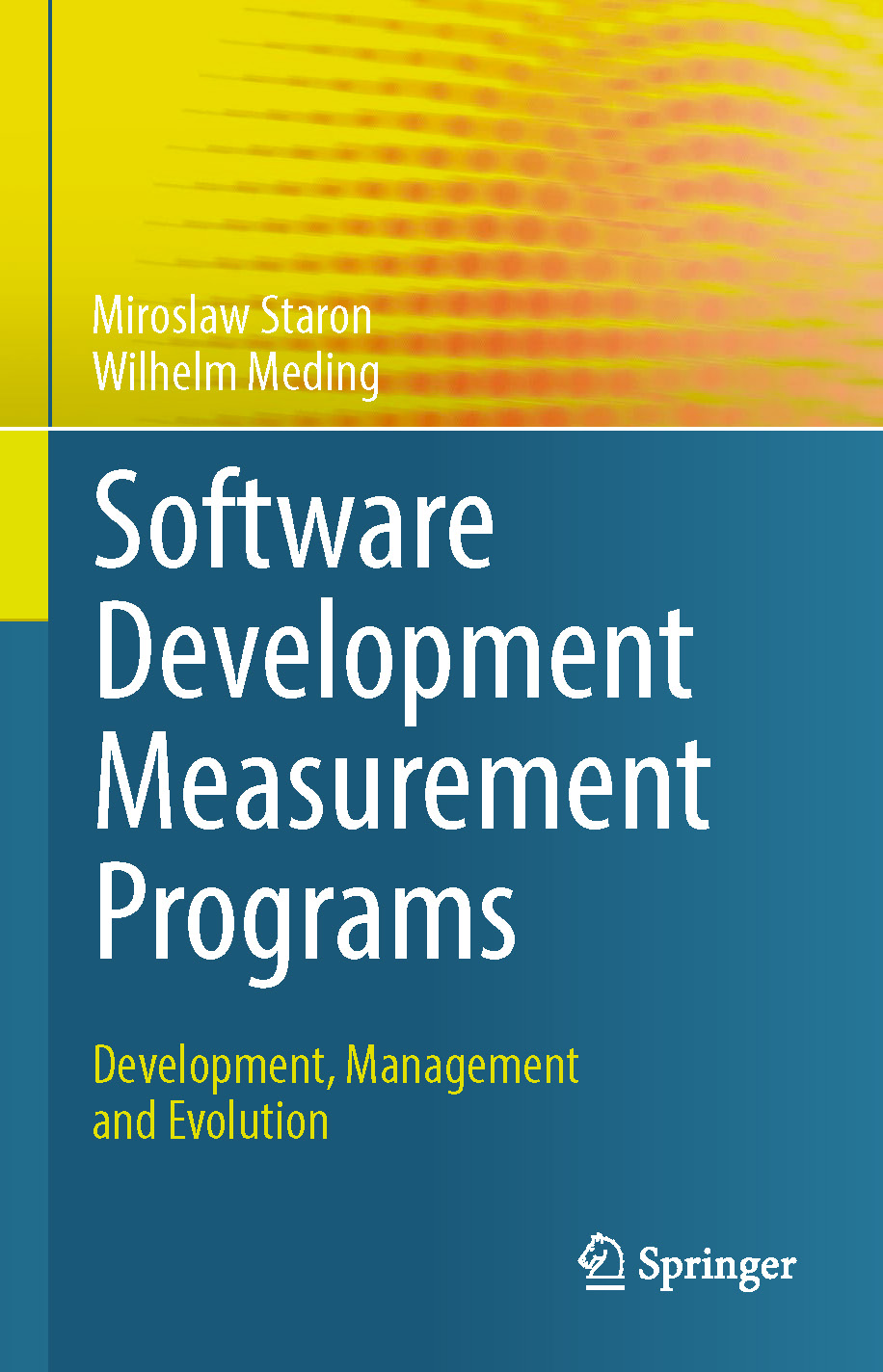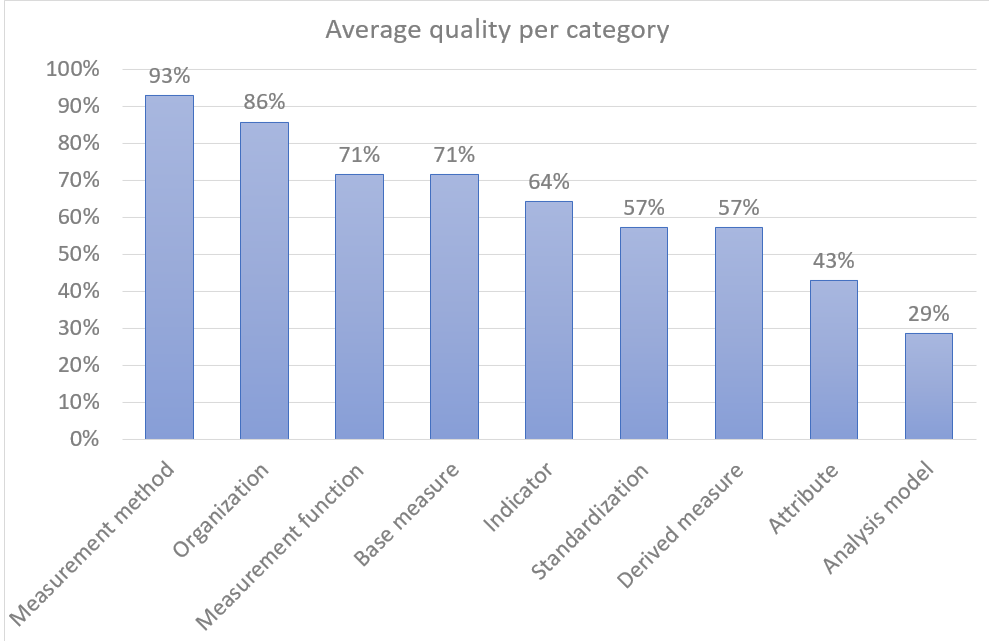In the latest IEEE Software issue we can find an interesting article from our colleagues in Spain, working on software analytics (https://doi-org.ezproxy.ub.gu.se/10.1109/MS.2018.290101357).
Something that has caught my attention is the focus of the platform and visualizations on the code review process. The review speed and the review process are important for software development companies (see our work on this topic:
https://content.sciendo.com/abstract/journals/fcds/43/4/article-p281.xml). However, to get a good dashboard with these measures, which communicates the goal in the correct way is not as easy as it looks.
One of the problems is that the dashboard is too complex – too many measures related to speed can cause contradicting diagrams – e.g. review speed can increase but the integration speed can decrease, so what happened with the entire speed?
Another problem is that we focus only on speed, but never really discuss how this influences other aspect, e.g. code quality, product quality, maintainability, etc.
In the best of words this would be easy, but we live in a world which is not perfect. However, the article from IEEE Software shows that this can be achieved by providing more flexibility in the platform where the dashboard is created.


